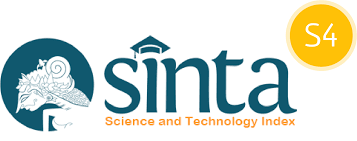Formulation and Determination of Tannin and Flavonoid Levels of Anti-Acne Gel Formulation from Red Betel Leaf Extract (Piper crocatum)
Abstract
Acne is a common skin condition that often occurs among teenagers and adults aged 18-23 years. Acne can be triggered by several factors, genetic, psychological, weather, stress, cosmetics, and bacterial infections. In addressing the problem of acne, a good dosage form to use is a gel preparation. Acne skin care by utilizing natural ingredients, one of which is red betel leaf. Red betel leaf contains phytochemical compounds, namely tannins and flavonoids, which function as antibacterial agents. The formulation of anti-acne gel is designed by varying the concentration extract, F0 (0%), F1 (10%), F2 (15%), and F3 (20%), with the aim of determining the best anti-acne gel formulation. Red betel leaf extract is tested for tannin and flavonoid levels using the UV-Vis Spectrophotometer test method. The gel preparation is examined, including organoleptic testing, pH testing, homogeneity testing, and spreading testing. The research results show that red betel leaf extract has a tannin content of 4.7056% and a flavonoid content of 0.0934%. The results of the anti-acne gel preparation study meet the requirements for organoleptic properties, pH, homogeneity, and spreading. Based on the results of various concentrations of extract, satisfactory results are obtained, with formulations F2 and F3 meeting the requirements.Acne; Gel; Extract; Piper crocatum
































